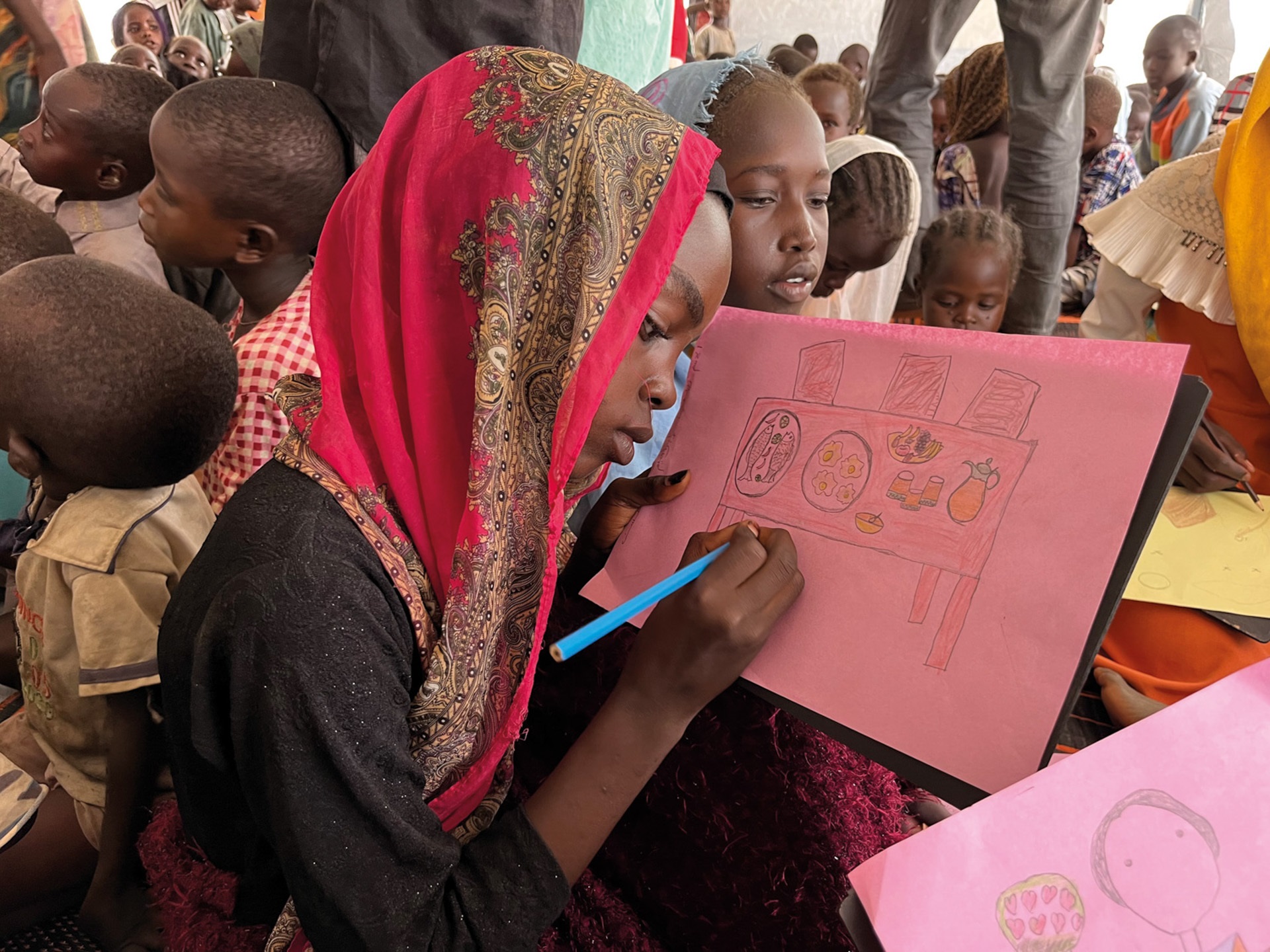
The case studies in this chapter describe experiences from countries in monitoring and evaluation of national adolescent health plans and strategies, and youth involvement in such efforts.
Process evaluation of PLAN-A intervention (Peer-Led physical Activity iNtervention for Adolescent girls) in the United Kingdom

In the United Kingdom, the PLAN programme (Peer-Led physical Activity iNtervention for Adolescent girls) addressed girls ages 12 and 13 years. Its goal was to increase girls’ knowledge about physical activity, identify and develop interpersonal skills and empower participating girls and their peers to develop new norms and positive messaging about physical activity. After implementation of a cluster-randomized feasibility trial in 2015–16, a process evaluation was undertaken to determine if the programme could be delivered at scale as planned and to identify refinements needed for a successful intervention and acceptability to key stakeholders. The evaluation used a mixed-methods approach to collect qualitative and quantitative data from various groups, including peer supporters and other pupils, parents, teachers and trainers. The process evaluation found that the proposed structure and plan of the peer support training appeared to be achieving programme objectives. The evaluation was helpful in informing the context of programming and identifying areas of success, including duration, timing, content and delivery parameters. Also, the evaluation suggested refinements, such as increasing participatory learning, reducing technical jargon and providing more help to overcome challenges to giving peer support.
Source: Sebire SJ, Banfield K, Jago R, Edwards MJ, Campbell R, Kipping R et al. A process evaluation of the PLAN-A intervention (peer-led physical activity intervention for adolescent girls). BMC Public Health. 2019;19:1-13. doi: 10.1186/s12889-019-7545-z
Adolescent participation in strengthening measurement and interventions for NCDs

Data to support local interventions for adolescents on NCDs is often lacking. Where they exist, data and corresponding interventions often rely on external sources that are not specific to the context. Both the AA-HA! guidance and the Global standards for health promoting schools propose guidance and frameworks on improving adolescent health programmes and measurement as well as M&E. Using these frameworks, WHO is implementing a study entitled “Empowering adolescents to lead change using health data” in four cities in different world regions. In collaboration with WHO country and regional offices and local partners, the project aims at strengthening adolescent health measurement and interventions by employing a participatory research methodology that engages adolescents in data collection and design of interventions. Schools in the intervention group will implement health promotion strategies to address the most critical health risk behaviours and protective factors, considering the eight global standards including government policies and resources; school policies and resources; school governance and leadership; school and community partnerships; school curriculum; school social–emotional environment; school physical environment; and SHS.
The ongoing participatory research uses existing WHO survey tools, the Global School-Based Student Health Survey and the Global School Health Policies and Practices Survey to collect information on health behaviours from approximately 3000 students ages 13–17 in each city and on policies and practices in the selected schools. In a sub-study in each city, the Global School-Based Student Health Survey physical activity questions are being validated against wrist-worn accelerometers. Additionally, “Photovoice”, a data collection method that uses photos or drawings from participants to collect data, is being used as a complementary qualitative method for students to express what they perceive as health facilitators and barriers. Adolescents, parents/caregivers of adolescents, teachers, local community leaders and local health and education stakeholders are using these locally collected data to design interventions that change policies and influence students’ behaviour.
A participatory approach to data collection and development of evidence, interventions and recommendations suggests that the interventions will be apt, feasible and sustainable, as they will be designed and implemented based on local perspectives, expertise and available resources. Also, given the involvement of adolescents and other community stakeholders in design and implementation, a general sense of ownership should contribute to access and the reach of the interventions.
Source: Guthold R, Kann L, Bhatti L, Abduvahobov P, Ansong J, Atkinson et al. Effectiveness of a participatory approach to develop school health interventions in four low resource cities: Study protocol of the “Empowering adolescents to lead change using health data” cluster randomized controlled trial. BMJ Open (in press)
